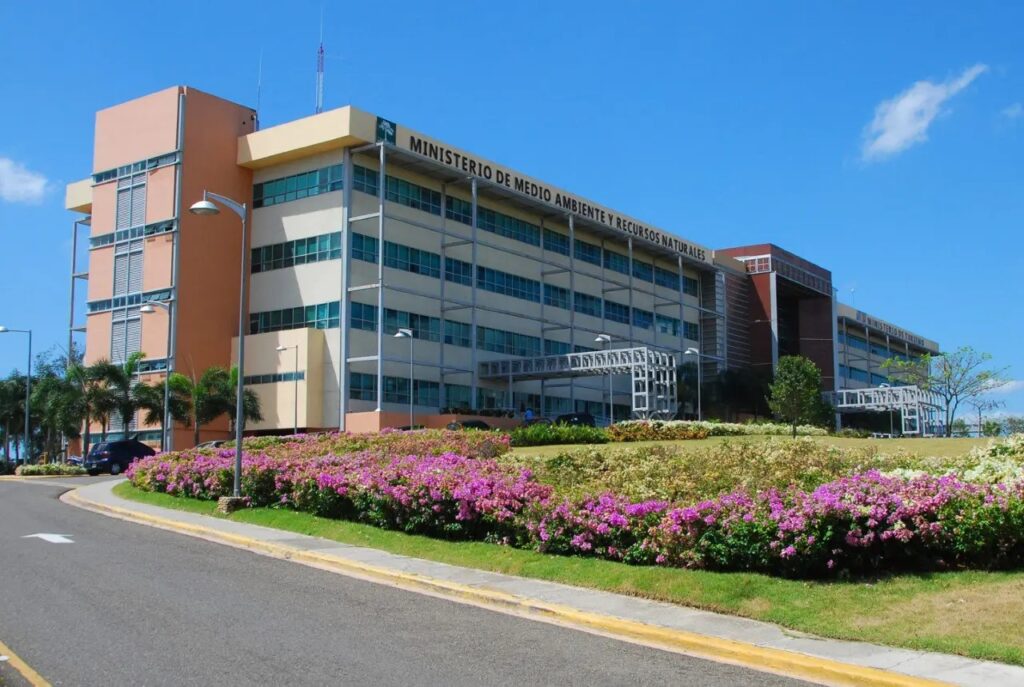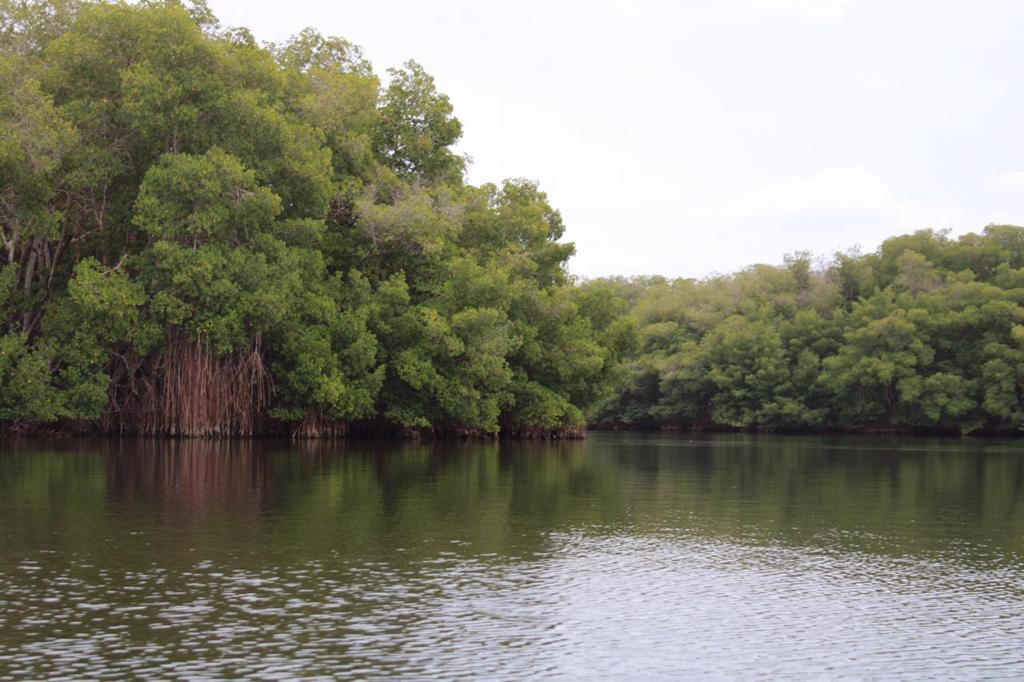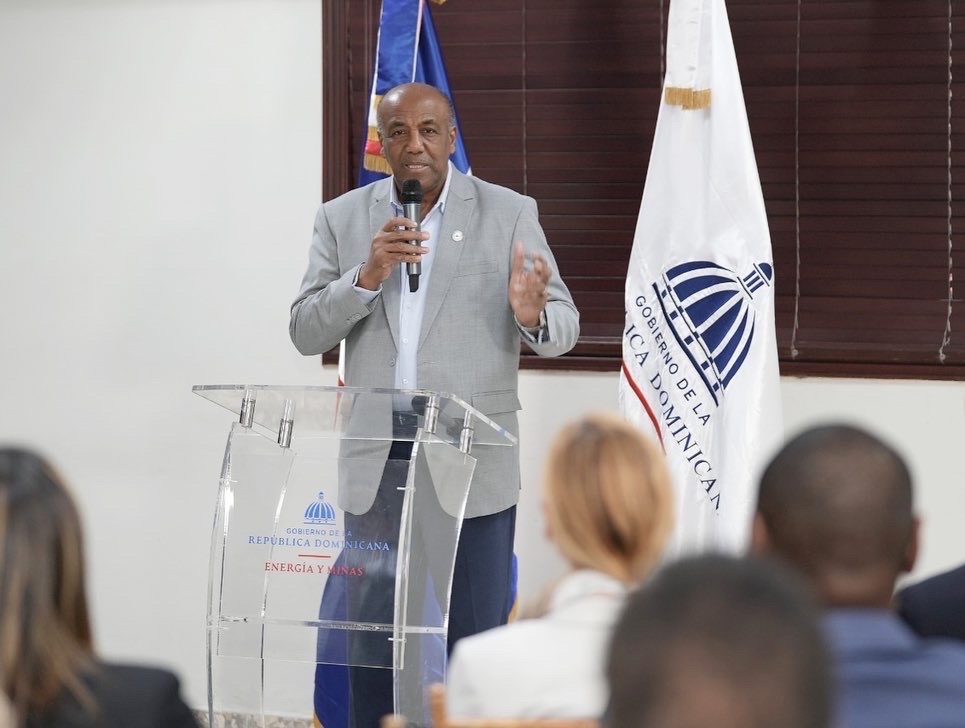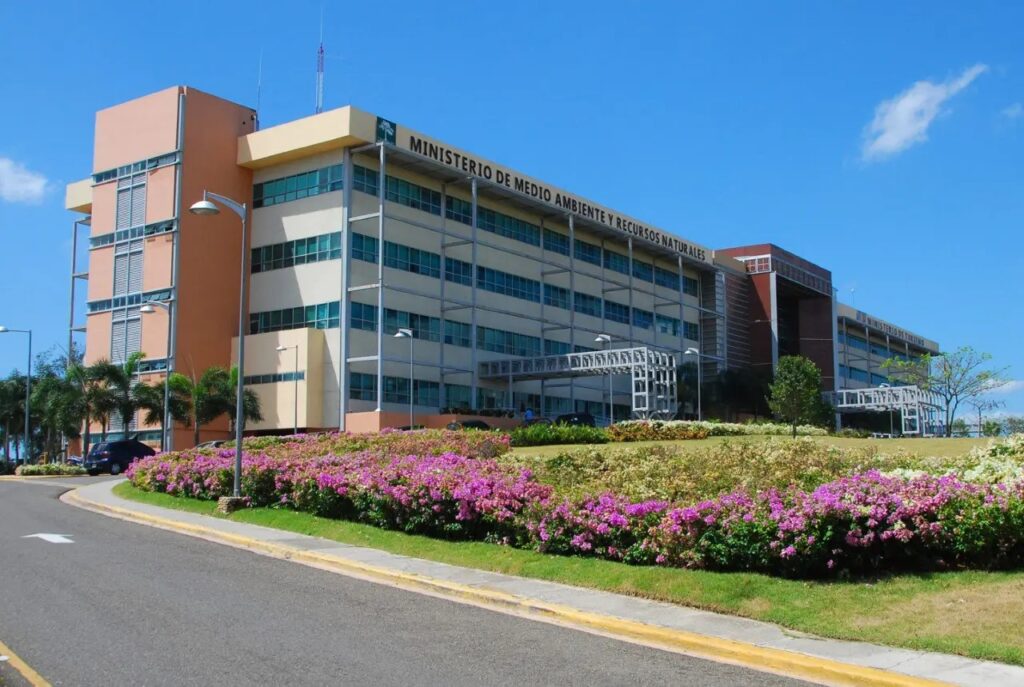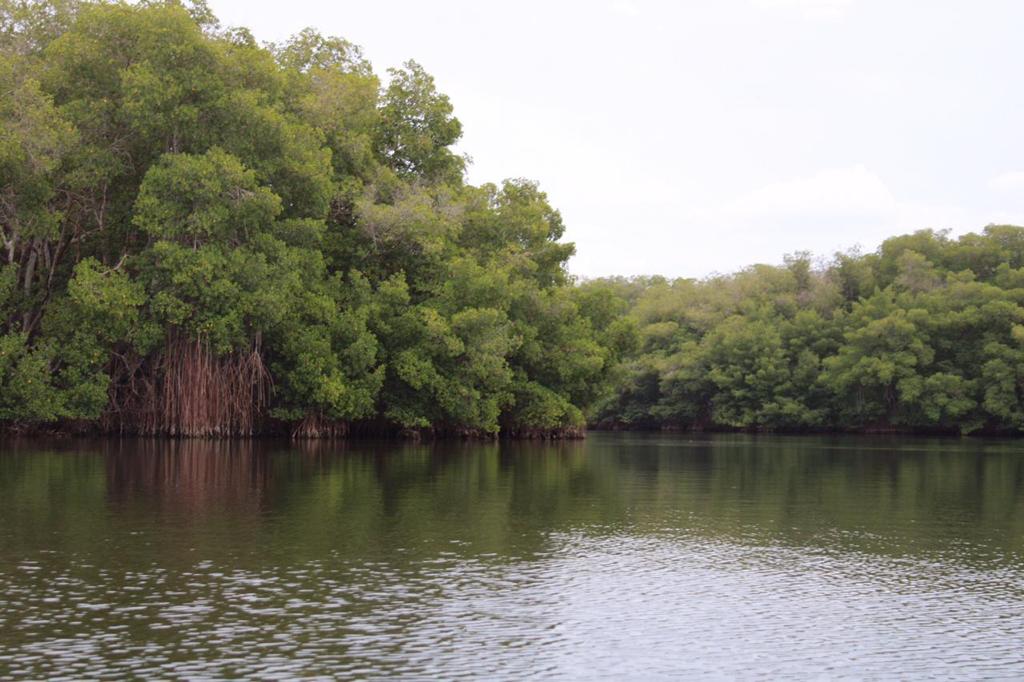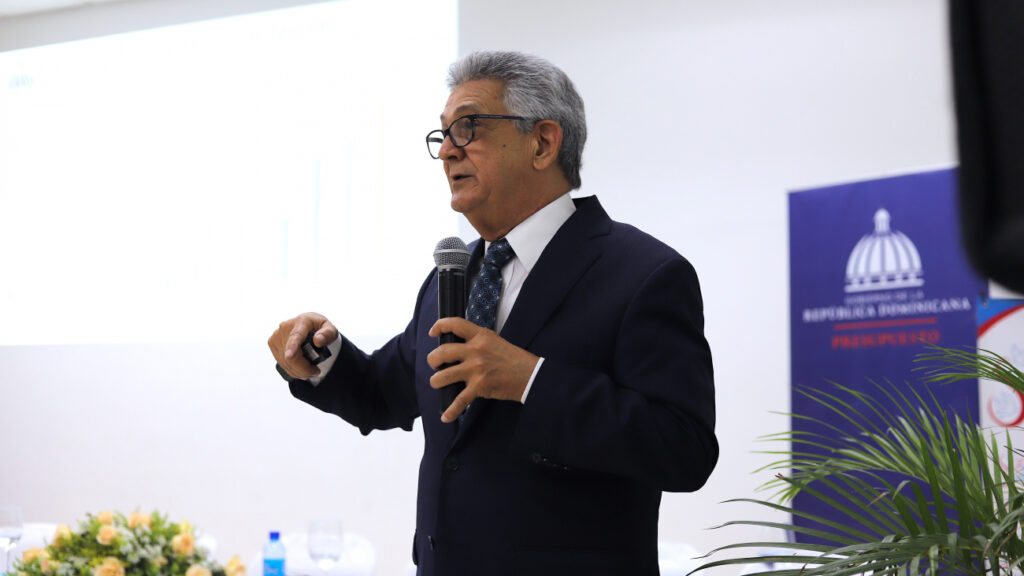Santo Domingo. On December 22 and 23, the Ministry of Education of the Dominican Republic (MINERD) held virtual meetings with teachers who will benefit from the National Induction Program (PNI), to whom the policy was presented and to whom it was explained how its implementation will contribute to the improvement of the educational system.
The Vice Minister of Teacher Accreditation and Certification, Francisco D’Óleo, explained that this program is aimed at providing assistance, guidance and accompaniment to new teachers for their effective insertion into the classroom, “transforming educational practice and positively impacting student learning outcomes”.
The PNI is aimed at new teachers entering the public pre-university education system throughout the country, who are supported in their individual professional development, in order to achieve their correct integration into the work, school, cultural and community context that will lead them to develop their teaching skills systematically and progressively, to improve learning outcomes and enable them to advance in their teaching career.
The workshops were organized by the Vice-Ministry of Teacher Accreditation and Certification, with the purpose of presenting the Program to the 22,846 teachers who will receive support from this public policy. They provided guidance on the implementation phase, which includes complementary training, based on prioritized performance standards, as well as tutorial action, which will be carried out in a contextualized and direct manner.
D’Óleo pointed out that the new teachers who joined the classrooms of the educational centers of all levels and modalities of the public pre-university system for the 2022-2023 school year after having passed the 2021 competition, have the commitment to make a contribution in terms of renewing the classroom and guaranteeing timely learning.
He highlighted the effort and work of the collaboration bodies in the organizational and preparatory phase of the PNI, highlighting among them the Salomé Ureña Teacher Training Institute (ISFODOSU), the National Institute for Teacher Training and Education (INAFOCAM) and the 512 Institute of Inicia Educación, and thanked the participation and support of the regional and district teams and Center directors.
Tania Jiménez, Director of Induction of the MINERD, said that this strategy will benefit teachers by strengthening their professional competencies, guidance for self-development and pedagogical accompaniment, which will support them in facing the challenges of the school context, such as curriculum management, classroom management, learning assessment and the link with families and the community.
Ángela Español, from Institute 512, highlighted the contribution of the tutorial action for the professional development of new teachers, since the tutor “is a mediator who clarifies doubts and provides constant feedback to the beginning teacher, promoting the incorporation of new teaching practices to enhance the learning achievement of their students”.
And Bilda Valentín, ISFODOSU’s pedagogical coordinator, informed about the characteristics of the training process, the modules that make up the complementary training, its modality, methodology and evaluation.
During the meeting, the calendar of the training process for these teaching professionals, which begins on January 14, was presented. Access to the program will be through the program’s portal, and the geographical and district distribution of responsibilities with the complementary training, which will be assumed by the 19 Higher Education Institutions involved.



